
Post by : Shivani
In 2025, global supply chains are under immense pressure due to a complex interplay of geopolitical tensions, economic uncertainty, technological evolution, and environmental challenges. Strengthening supply chain resilience has become critical for businesses seeking sustainable growth and competitiveness in an unpredictable world.
Supply chain resilience refers to the ability of supply networks to anticipate, prepare for, respond to, and recover from disruptions. This capability is essential to minimize operational downtime, financial losses, and reputational damage.
Technological advancements such as IoT, blockchain, artificial intelligence, and digital twins play transformative roles. IoT devices provide granular tracking, blockchain ensures data integrity and transparency, AI powers predictive analytics, and digital twins simulate supply chain scenarios for better planning.
Sensor networks deployed across manufacturing and logistics enable live tracking of inventory, shipments, and environmental conditions. This data improves accuracy in forecasts and early detection of potential disruptions.
Blockchain applications secure transaction records and provenance data, reducing fraud and enabling verified traceability throughout the supply chain.
Machine learning algorithms analyze historical and real-time data to forecast demand fluctuations and identify risks, supporting dynamic decision-making.
Despite clear benefits, companies face hurdles including high initial investment, integration complexity with legacy systems, data privacy concerns, and shortage of specialized talent.
Diversification strategies spread risk by sourcing from geographically and politically diverse suppliers, reducing vulnerability to localized disruptions.
Political instability, trade disputes, and sanctions influence supplier selection. Companies increasingly adopt multi-country sourcing policies and nearshoring to insulated regions.
Nearshoring brings production closer to end markets, reducing transit times and exposure to distant geopolitical risks. Reshoring shifts manufacturing back to domestic grounds to ensure greater control.
While shoring may increase costs, it offers carbon footprint reduction and enhanced agility that offset these impacts.
Partnering with suppliers based on trust and transparency enables information sharing, joint risk management, and innovation, forming resilient ecosystems.
Visibility across tiers and processes is crucial for early disruption identification. Integration of ERP systems, cloud collaboration platforms, and data lakes centralizes information flow.
Analytical dashboards provide actionable insights, while AI assesses scenarios and recommends responses to emerging threats and demand shifts.
Simulations of various disruption scenarios support preparedness and proactive mitigation.
Structured risk management incorporates continuous monitoring, risk scoring, contingency planning, and resilience audits.
Organizations use key risk indicators (KRIs), supplier risk scores, and business impact analyses to prioritize resources.
Supply chain cyber threats demand focus on system security, employee training, and inter-organizational protocols.
Environmental responsibility complements resilience by preserving resource availability, complying with regulations, and satisfying stakeholder expectations.
Reuse, recycling, and designing for sustainability reduce waste and vulnerability to raw material shortages.
Compliance with environmental laws and reporting standards guides sustainable practices that enhance resilience.
A multinational electronics firm applied digital twin technology to simulate supplier failures and optimize contingency plans, reducing downtime by 35%.
A global retailer’s adoption of AI models improved forecast accuracy by 20%, enabling optimal inventory levels and rapid response to market changes.
Broader blockchain adoption promises verifiable transparency from raw material to delivery.
Automation enhances efficiency, reduces labor risks, and optimizes warehouse operations.
Shared digital platforms foster seamless collaboration among partners, enhancing agility and innovation.
In 2025, supply chain resilience is more than a competitive advantage—it is a strategic imperative. By integrating diversification, technology, risk management, and sustainability, organizations can navigate disruptions and ensure long-term success. Continuous innovation and collaboration are key to building adaptive, transparent, and robust supply chains capable of thriving in an unpredictable global environment.
#SupplyChain #SupplyChainResilience #SupplyChainManagement #Logistics #SustainableSupplyChain #PredictiveAnalytics #AIinSupplyChain



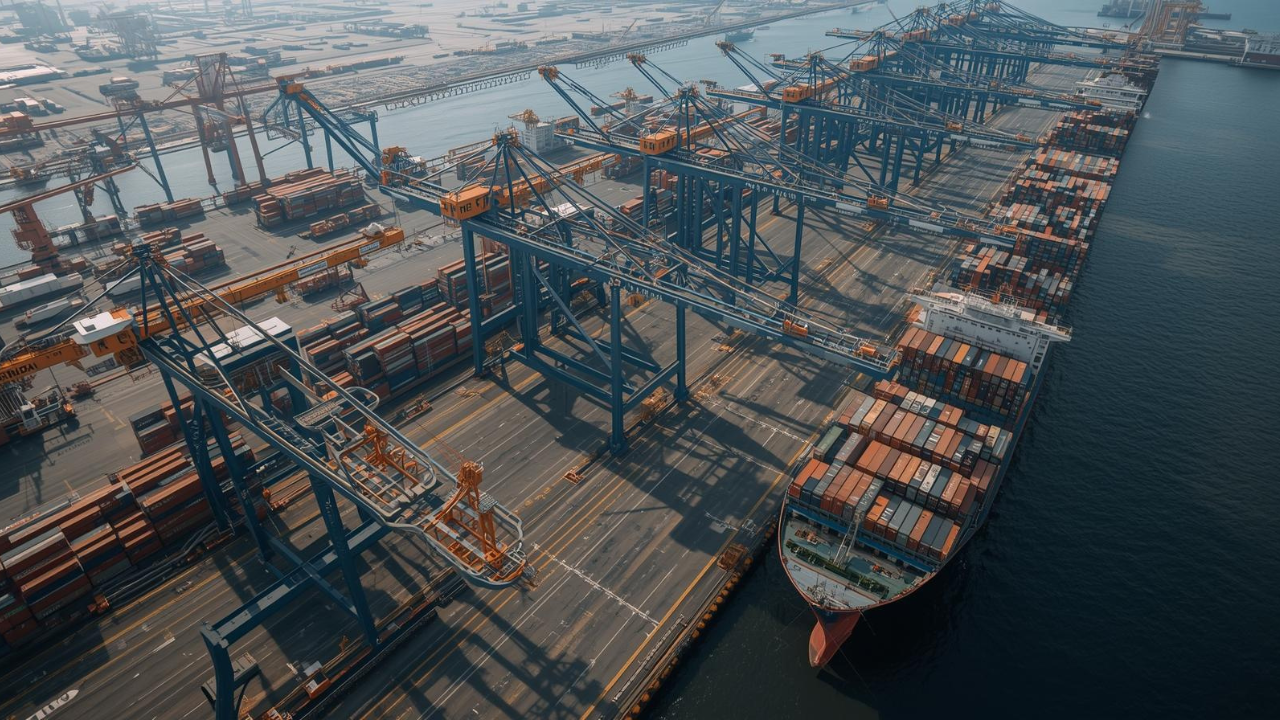
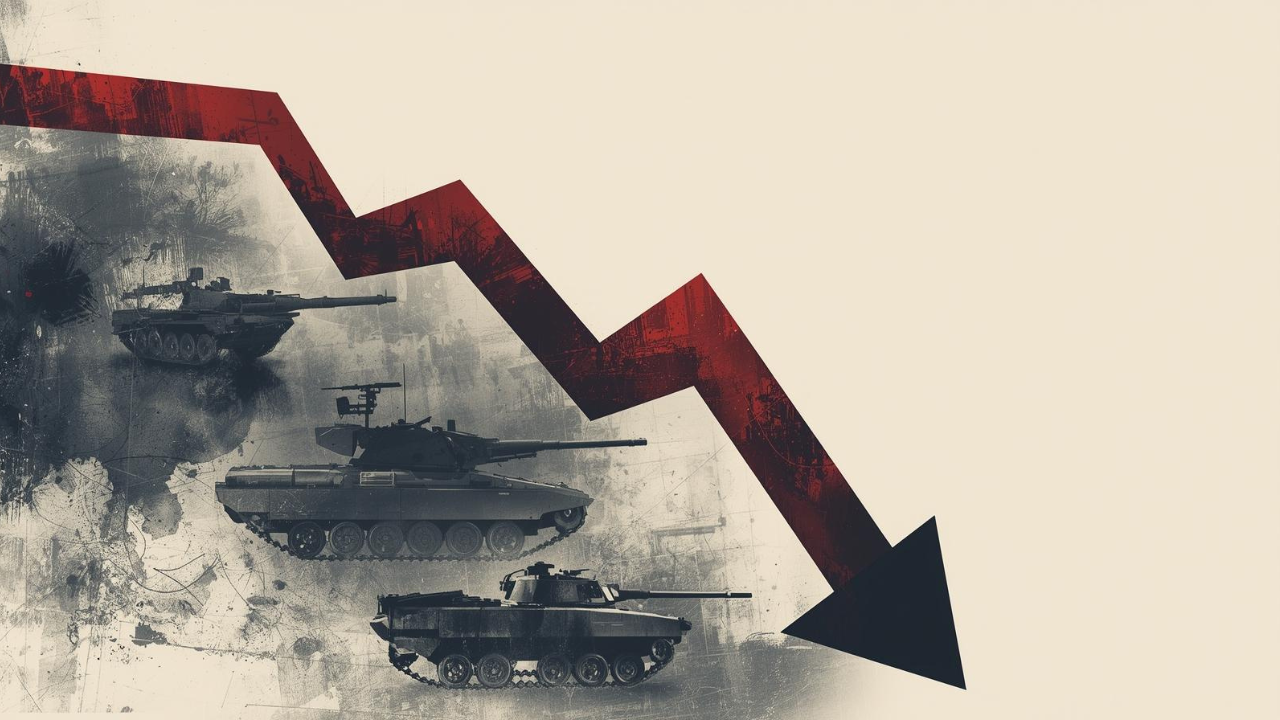



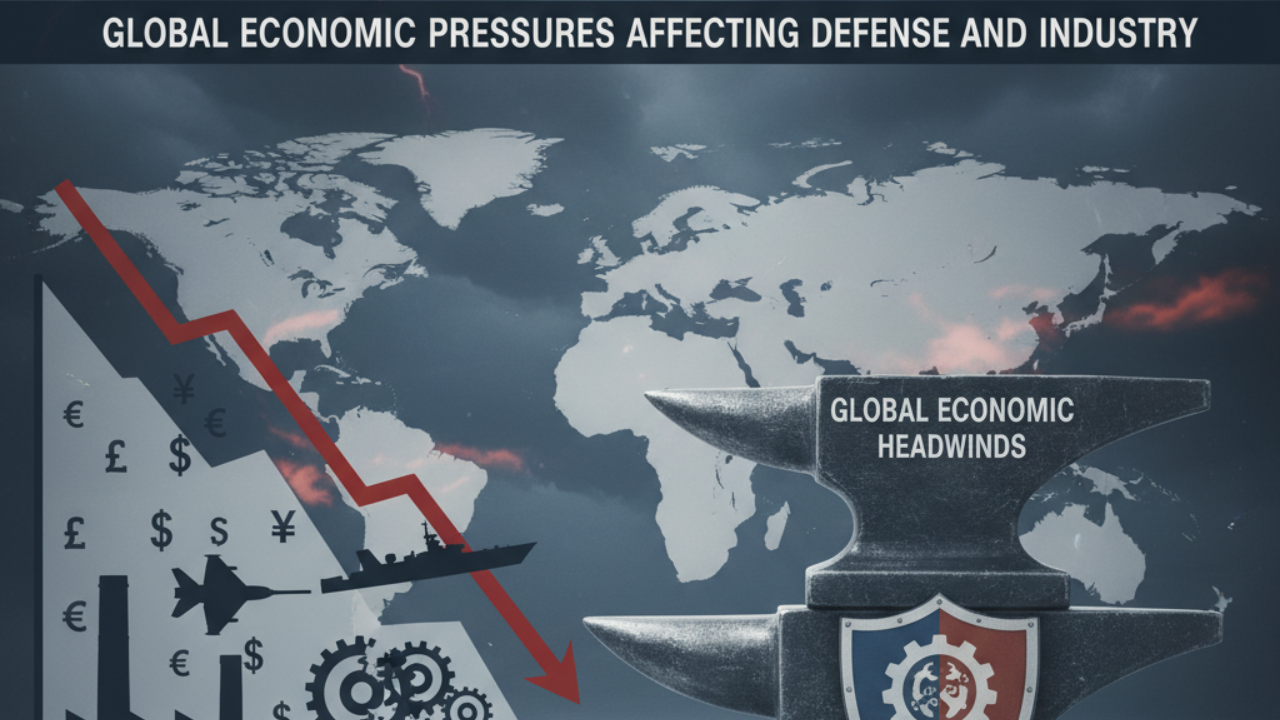
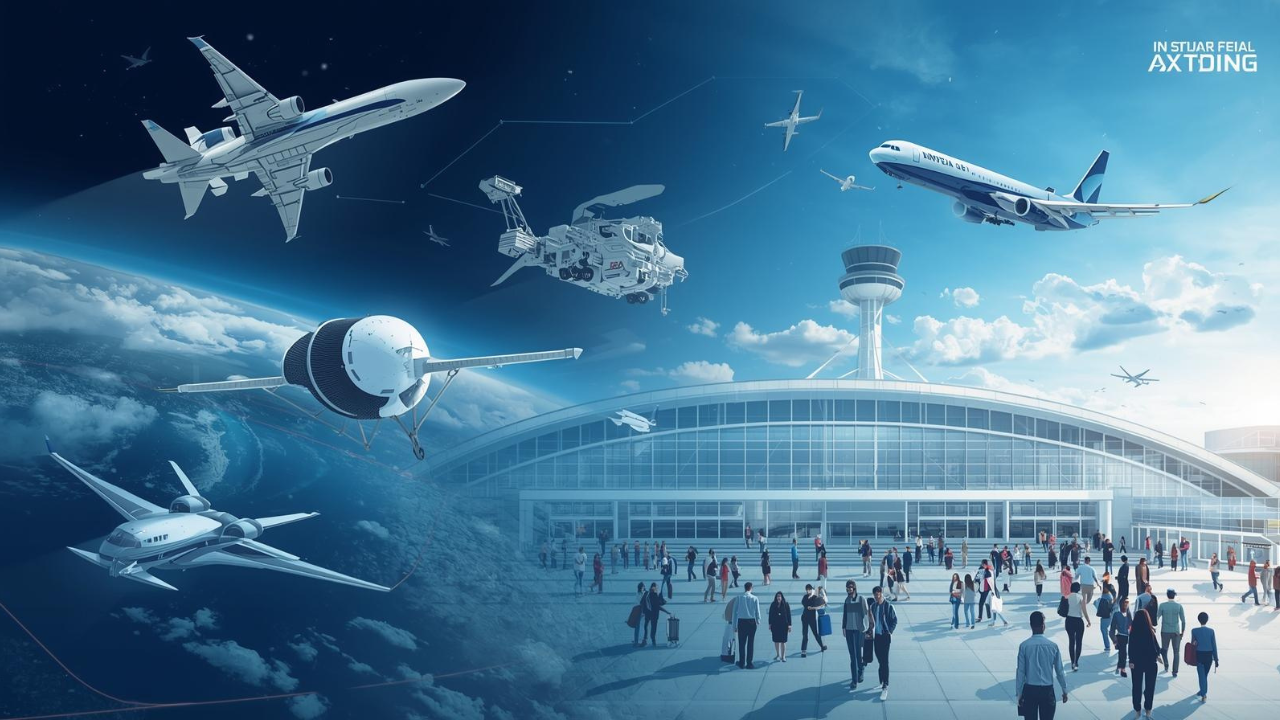
Advances in Aerospace Technology and Commercial Aviation Recovery
Insights into breakthrough aerospace technologies and commercial aviation’s recovery amid 2025 chall
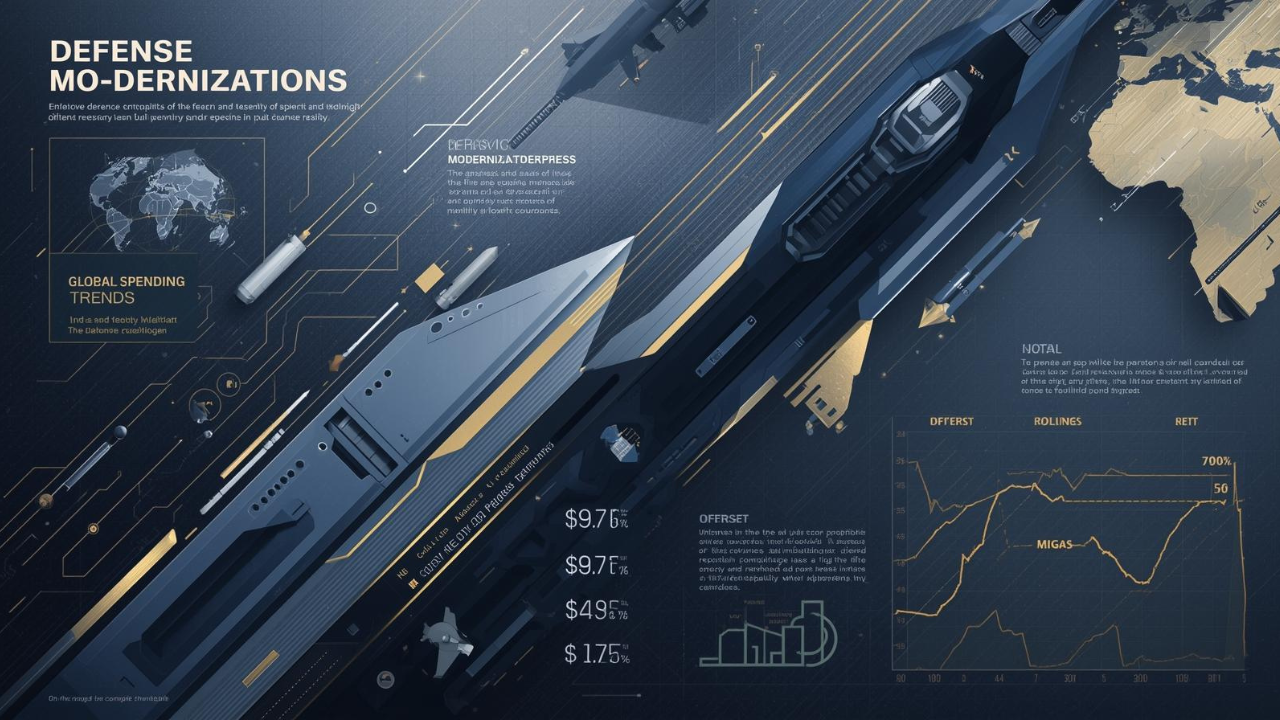
Defense Modernization and Strategic Spending Trends
Explore key trends in global defense modernization and strategic military spending shaping 2025 secu

Tens of Thousands Protest in Serbia on Anniversary of Deadly Roof Collapse
Tens of thousands in Novi Sad mark a year since a deadly station roof collapse that killed 16, prote

Canada PM Carney Apologizes to Trump Over Controversial Reagan Anti-Tariff Ad
Canadian PM Mark Carney apologized to President Trump over an Ontario anti-tariff ad quoting Reagan,

The ad that stirred a hornets nest, and made Canadian PM Carney say sorry to Trump
Canadian PM Mark Carney apologizes to US President Trump after a tariff-related ad causes diplomatic
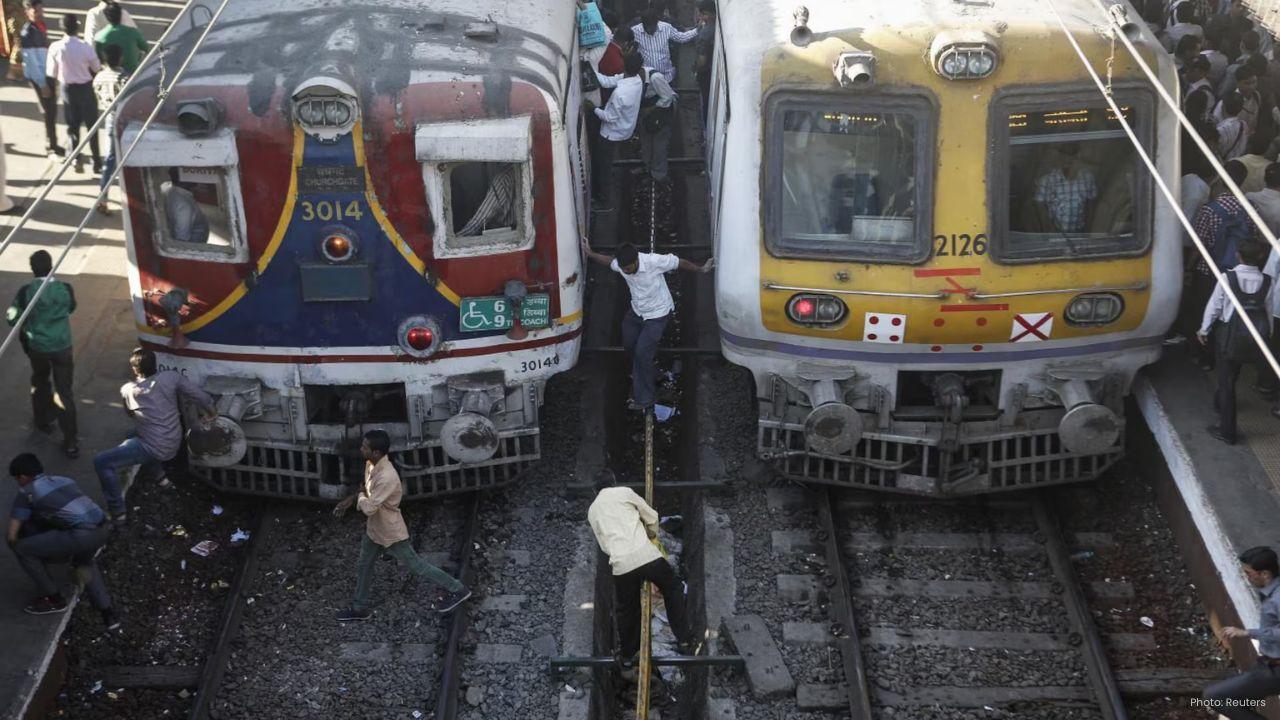
Bengaluru-Mumbai Superfast Train Approved After 30-Year Wait
Railways approves new superfast train connecting Bengaluru and Mumbai, ending a 30-year demand, easi